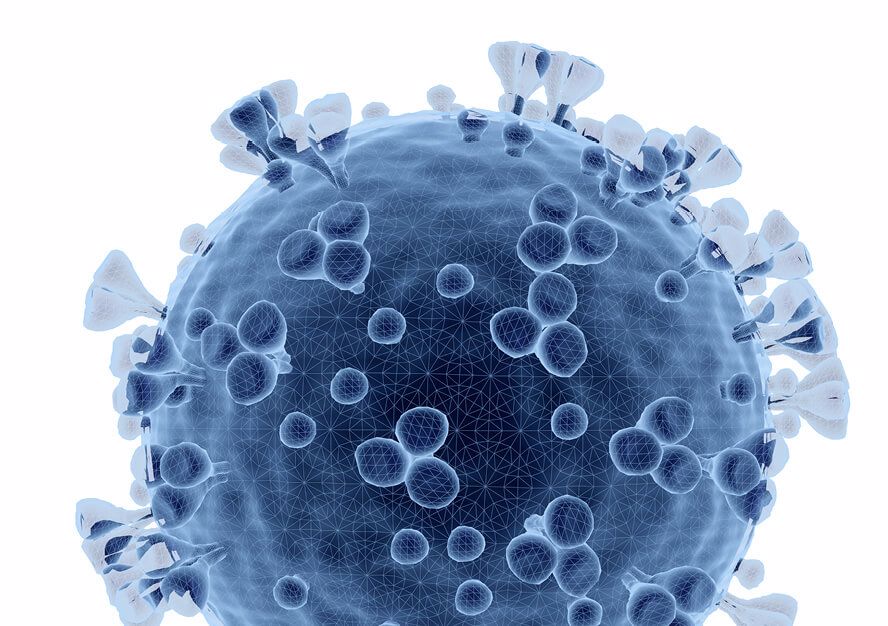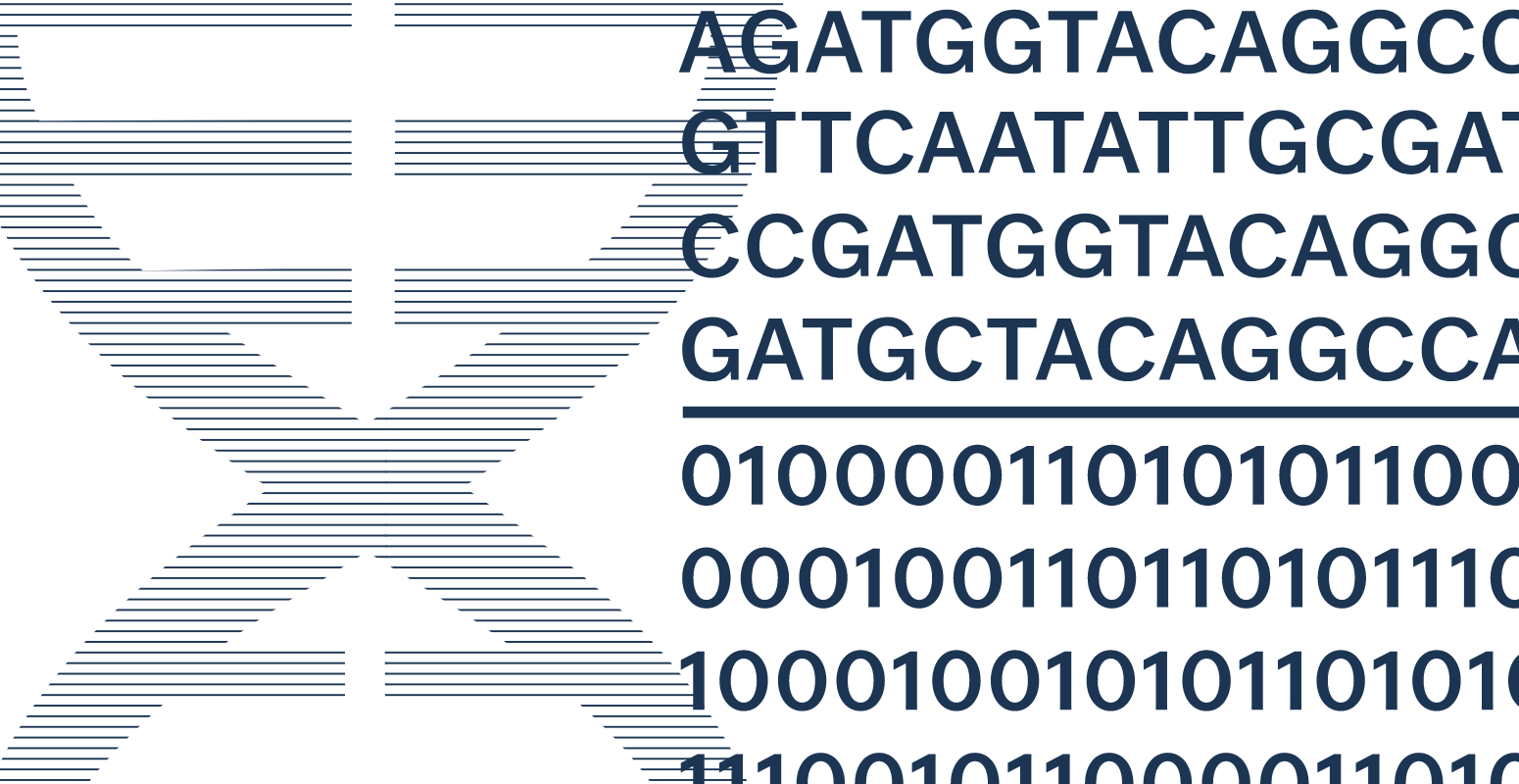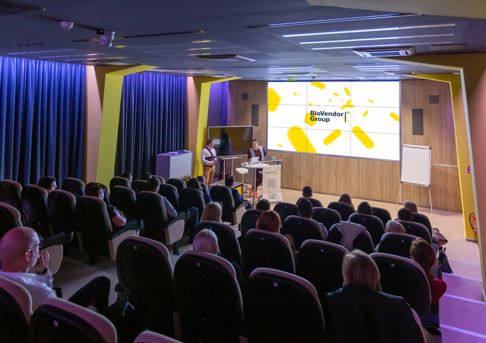
Scientists first detected a new variant of B.1.640 during September 2021 in the African Democratic Republic of the Congo. Since then, it has been detected in other countries (over 300 reported cases, 74% reported from France).
Compared to the omicron variant, it has more mutations, but it is not yet named by the World Health Organization and therefore does not have yet any designation from the Greek alphabet. The WHO considers it appropriate for monitoring.
Our sequencing solution is popular
Most sequencing laboratories in the Czech Republic, including the one in Hradec Králové, use a complete sequencing solution from BIOXSYS, s.r.o. and BioVendor-Laboratorní medicína, a.s.
This solution enables detailed analysis of samples from SARS-CoV-2 positive patients and thus provides information on the presence of individual mutations in the population.
Additionally, it stores the results in the global Nextclade and GiSAID databases, so that it is possible to identify individual mutations globally and monitor their spread.
NGS is the key to success
It is possible to sequence using the so-called NGS method, which allows a complete reading of the entire virus genome. Thanks to sophisticated software, it is possible to analyze where the virus by which a particular patient is infected comes from and also to detect possible mutations in the virus (so-called lines), i.e. changes in individual parts of the genome.
“If a thorough quality control of the samples is not performed, the subsequently analyzed data may be inaccurate and may form artificial lines of non-existent mutations. Therefore it is very important to monitor the whole process in order to be able to describe the real situation of the spread of the virus in society,” points out one of the creators of the COVID cloud application Petr Brož, CEO of Bioxsys company, which mainly develops software for genetic analysis.
The analysis may reveal new mutations in the virus, their representation and spread in the population.

Software for worldwide data analysis
“Together with uniquely designed chemistry, we have created software for the analysis of data from sequencers - devices that allow laboratories to sequence, i.e. read the complete genome of the virus and thus obtain valuable information about changes in the virus and its spread. Enriching primary data with epidemiological information and saving it on a long-term basis is key to creating statistical analyzes that will help fight the epidemic,” explains Brož.
The software then, if epidemiological data are consistently filled in, allows the use of statistical methods to detect the possible development of Covid-19 in patients from which the mutation spreads and its ability to escape the immunity of vaccinated patients.
This online software analyzes all necessary data in the context of data from sequencing around the world.
Thanks to NGS, we know much more about the virus’s genome
“Mutations have been spreading a lot in the population since the autumn, because the virus mutates relatively easily. However, only some of them have a more significant effect on society, for example due to their infectivity or, for example, the fact that infection with this variant is more difficult in most patients,” explains Kateřina Pehlíková, who deals with molecular biology and NGS at the BioVendor Group. Together with the BioVendor team, she is currently helping laboratories with the introduction of the NGS testing method. “Unlike PCR tests, which recognize only a small part of the genome, the NGS method is a complete reading of the entire genome, so we have much more information about it,” she explains.
Data sharing is key
Thanks to an online tool developed by both companies, epidemiologists can track the exact spread of individual mutations in society, their origin, and the rate of transmission and response of patients. “However, this requires a sufficient amount of data from testing. At BioVendor, we are currently helping laboratories to implement this new method, thanks to the setting of criteria for quality control and new software that works with data directly from the sequencer, sufficient data quality is guaranteed,” points out Pehlíková from BioVendor.
The tool then allows to share the data to global databases, making it possible to compare and analyze local data in a global context. “If we are able to identify that, for example, all the dead have the same virus mutation, we can develop a simple PCR test, a test kit, directly for this variant and detect it in time. PCR tests can detect the presence of SARS-CoV-2 virus, or search for a specific variant, but we must know the exact information about each mutation,” explains the use of analyzes Pehlíková from BioVendor.
Date of issue: 12. 01. 2022




